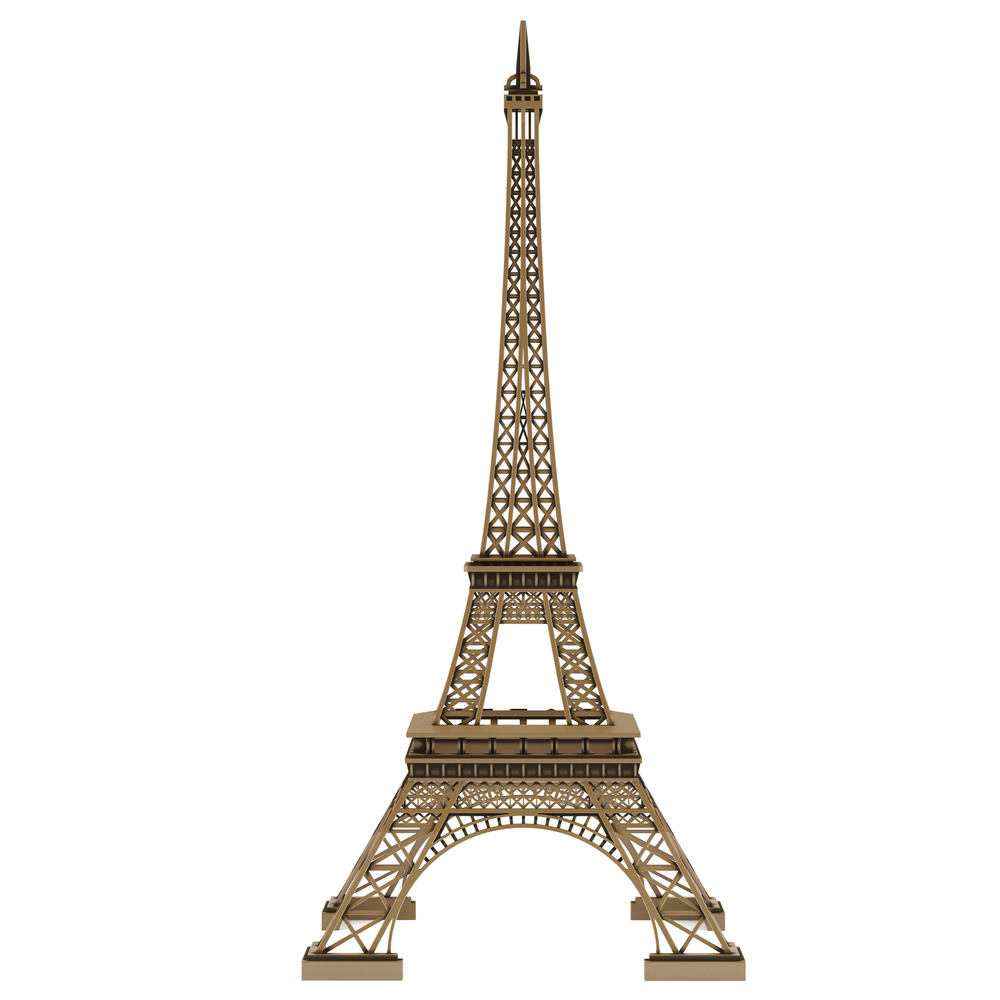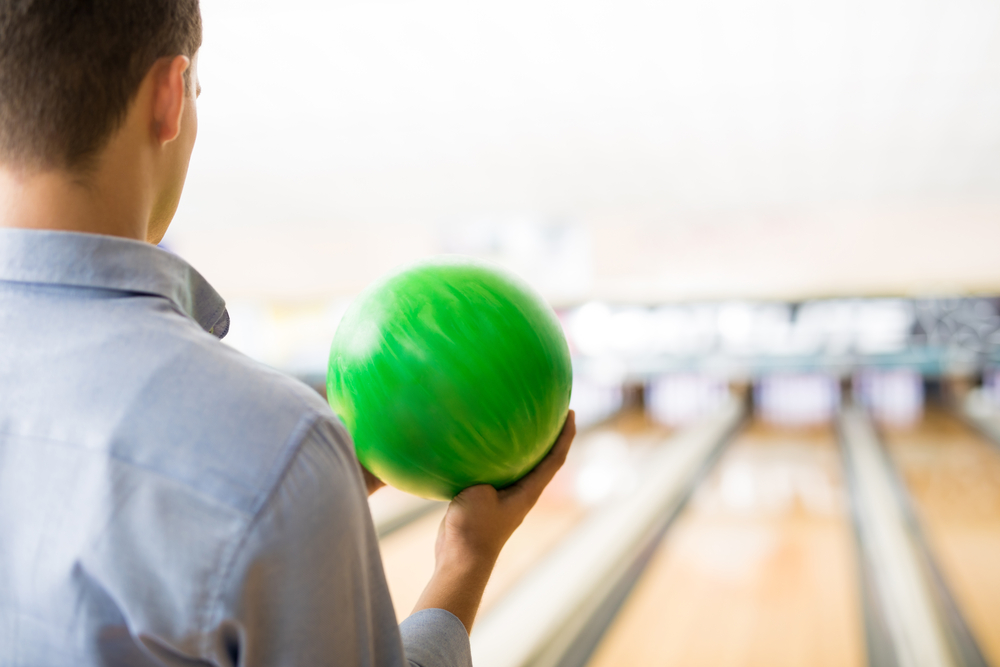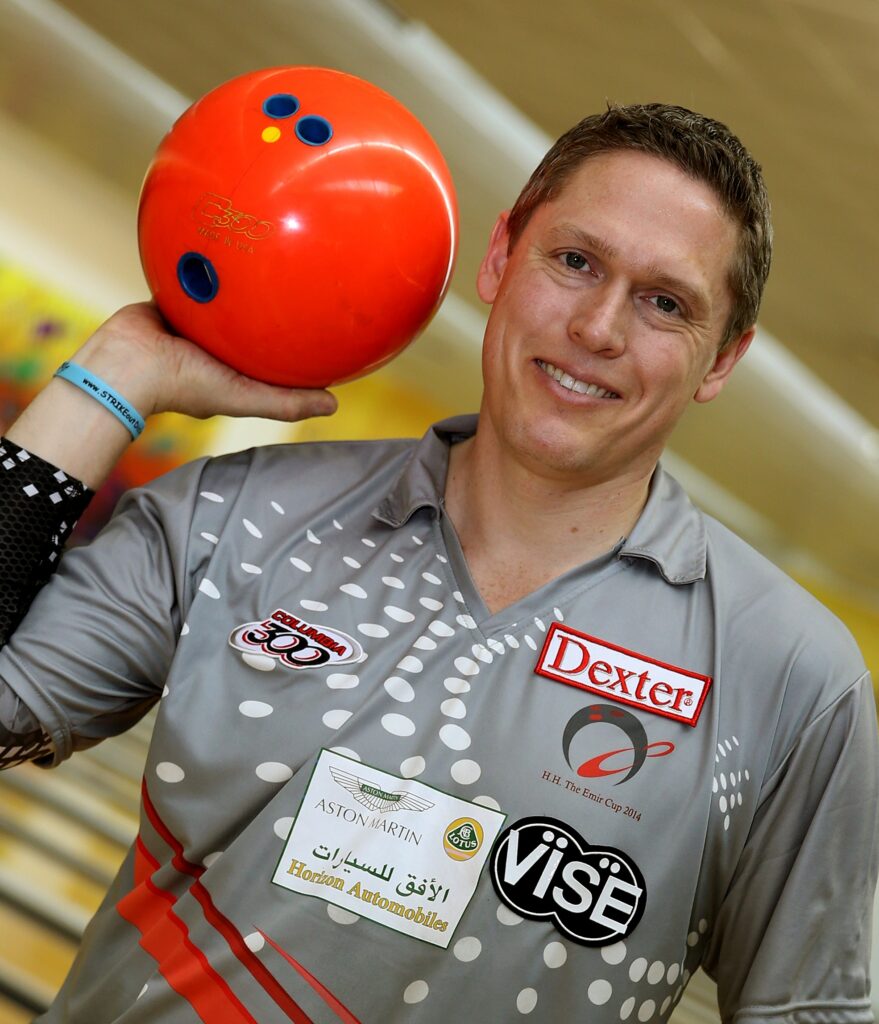
The Eiffel Tower bowling pattern, named after the Eiffel Tower in Paris, France, is one of the most popular oil patterns in the bowling world. Pro bowlers know what to expect from this pattern and welcome the challenge.
For total beginners, it's essential to know exactly what a bowling pattern is. A bowling pattern is simply the placement of the oil on the lane. Each bowling pattern affects how your ball reacts when you roll it.
Because of this, you'll want to be aware of the different bowling patterns before you head to your local lanes. Bowling patterns are created with a special machine. The machine that places the oil on the lane is called a lane machine.
This machine is used to distribute the oil with incredible precision. When you're looking at a bowling pattern, you'll want to note the amount of oil, as well as the placement of the oil. This will help you understand how your ball will react when you roll it down the lane.
But if you're a novice, you shouldn't play on the Eiffel Tower bowling pattern before reading this article. In it, we'll be discussing absolutely everything you need to know about this bowling pattern.
Let's get right into it!
Contents
The Eiffel Tower Bowling Pattern
Now that you know what a bowling pattern is, let's take a more in-depth look at the Eiffel Tower bowling pattern in particular.
The Eiffel Tower pattern is one of Kegel's Landmark patterns. It's one of the most difficult bowling patterns to navigate, whether you're a beginner, avid, or pro bowler. The pattern is considered to be long as well (48 ft), meaning that it takes up a large portion of the bowling lane.
The total oil volume on the lane is 25.95 ml, with 15.6 ml of forward oil and 10.35 ml of reverse oil. The shape of the pattern mimics The Eiffel Tower, with the widest point at the beginning. The oil is concentrated up the middle of the lane and narrows, leaving a lot of room for error on each side.
Wherever there's lots of oil, the ball will go mostly straight. On the other hand, when there's little oil, the ball will have more friction with the lane and is more likely to go off course.

Fun Fact: Prior to March 2022, stood 300 meters. Since then, an antenna has been added and from ground level to the top of the antenna is 324 meters. From the ground to the first level, is approximately 347 steps.
How to Tackle the Eiffel Tower Pattern
The Eiffel Tower bowling pattern is by no means easy to play on- if your throw is just a little off, you're going to find yourself in the gutter pretty quickly.
So, you've got to play this pattern safely. Whether you bowl straight or prefer hook shots, bowl on the narrow side. The closer you are to the middle of the lane, the less of the chance your ball has to go willy-nilly.
Also, you'll be half-cocked if you don't use the right ball. The best ball for this pattern is a reactive ball if you tend to hook your shots. This ball will allow you to play narrow and still get into pocket after exiting the oil.
But if you bowl straight with no fancy curves or hooks, you can go with a plastic house ball.
Note: The more you play on this pattern, the more the oil will shift. That means you should be able and willing to change up your tactics as the lane opens up or as the pattern breaks down.
Try the Rule of 31 (For Hook Shots) and Which Ball to Use
The rule of 31 is a tactic many bowlers use to calculate their breakpoint (the point at which the ball stops going straight and begins to hook toward the pins). The calculation goes like this: The length of the pattern minus 31 gives you the board you should target as your breakpoint.
Since the Eiffel Tower Pattern is 48 ft long, you'll subtract 31 from 48 and get 17. That's your breakpoint. So, try to get your ball to begin to hook at board 17. It'll give you your best chance for a strike or spare and keep your ball out of the gutter.
Is the Eiffel Tower Bowling Pattern for Beginners
The Eiffel Towel bowling pattern is certainly not for beginners. Even pro bowlers may struggle to maintain a good score on it. This is a pattern that really separates the pros from the amateurs.
Beginners who don't yet have control over their shots will find this pattern incredibly difficult. The oil placement makes it easy to accidentally send your ball into the gutter. We recommend beginners practice on easier patterns before trying their hand at the Eiffel Tower.

Pros and Cons of the Eiffel Tower Bowling Pattern
Pros:
The main advantage of the Eiffel Tower pattern is that it can really test a bowler's skills. This pattern is perfect for established bowlers who are looking to improve their game and take their bowling skills to the next level.
By playing on a more challenging pattern, players are forced to up their game and become better bowlers. This pattern also encourages bowlers to make adjustments mid-game.
Cons:
The main drawback of the Eiffel Tower pattern is its level of difficulty. This pattern is best suited to pros who have a lot of experience and control over their shots and are looking for a challenge.
Less experienced bowlers might be too guttered-out to learn anything of importance. If they do manage to find their stride, the pattern may shift again and push them back to square one. That's why bowling know-how is essential for this pattern.
Where to Play on the Eiffel Tower Bowling Pattern
This bowling pattern isn't one you'll see every day at your local bowling alley. You're much more likely to see it at a bowling tournament. But you might be able to find a bowling alley that offers it with a little research.
Call around and ask your local bowling alleys if they have the Eiffel Tower pattern available. You just might get lucky!

Beginners Should Start With a House Pattern
Instead of frustrating yourself with the Eiffel Tower pattern, you can bowl on the house oil pattern at your local bowling alley.
House oil patterns are much easier to navigate than the Eiffel Tower, and they’re perfect for trying out different throws, stances, and more. Once you've mastered the house oil pattern, you can move on to more challenging patterns.
Tips for Refining Your Bowling Skills at Your Local Bowling Alley
If you're looking to refine your bowling skills, there are plenty of ways to do so at your local bowling alley. Here's a list of tips to help you get started:
- Know that lightning-fast progress is uncommon in the sport of bowling. You need to practice like it's your job if you really want to improve.
- Start off bowling straight. Mastering this skill will be a good foundation to build off of.
- Release the ball when it reaches shoulder level and continue to follow through.
- Don't let your emotions throw off your focus. Mental clarity is key to doing well in this sport.
- Practice makes better - not perfect. Don't be discouraged if you have a bad game or get a gutter ball. No one's perfect, not even the pros.

Related Articles
By following these tips, you can slowly but surely improve your bowling skills and rack up more and more strikes and spares.
Who knows, with enough time and practice, you might even be skilled enough to compete on the Eiffel Tower pattern!
We hope you found all the information you were looking for, and we wish you the best in your bowling endeavors.
Kira Byrd, a Certified Fraud Examiner, holds a B.S. in Accounting from the University of Alabama at Birmingham. With a passion for bowling from her childhood, Kira has poured her expertise and personal experiences into creating and nurturing Bowling For Beginners. Kira's mission is to meet new bowlers where they are and guide them toward consistently achieving higher scores. With a focus on skill development and strategic techniques, she empowers readers to take control of their game and unlock their true potential.
Bowling For Beginners embodies strict editorial integrity, ensuring reliable and unbiased information. Kira's commitment to delivering valuable insights and practical strategies is reflected in every article. Here's an explanation of our editorial policy and how we get money.








